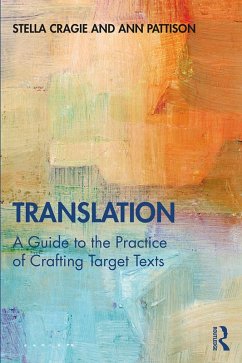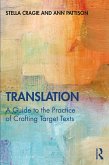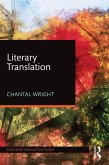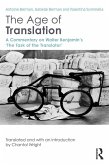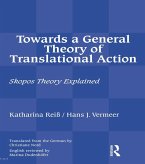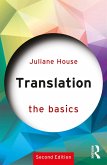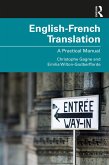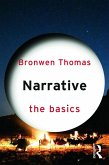To learn how to analyse or deconstruct a source text (ST), the tasks include translating and editing, comparison and analysis of source language (SL) texts and translations, and critiquing or improving target language (TL) texts produced by translators from different times. A range of creative writing challenges reveal the secrets writers use to hook their readers. Whatever language readers translate into, these insights will help them to find their own writer's voice, making them better equipped to recreate another author's voice, whatever the time or cultural context.
This is the essential guide to improving target texts for all translators and students of translation.
Dieser Download kann aus rechtlichen Gründen nur mit Rechnungsadresse in A, B, BG, CY, CZ, D, DK, EW, E, FIN, F, GR, HR, H, IRL, I, LT, L, LR, M, NL, PL, P, R, S, SLO, SK ausgeliefert werden.
Valentine Zuber, Professor at the École Pratique des Hautes Études-PSL, France
"The authors offer a useful, down-to-earth self-study resource for translators wishing to move into literary translation. Supporting creative reflection on the translation task, their macro- and micro-strategy framework provides an excellent starting point for translators' Continuing Professional Development."
Kate Sturge, Translator at the Max Planck Institute for the History of Science, Germany
"Bustling with examples from various genres and languages, this accessible and informative guide is essential reading for translators and translation students seeking to improve their practical awareness and develop the creative skills they need to write well. As the market for translated works grows, the authors' advice on the art of translation is both timely and invaluable."
Jonathan Spurrell, translator and editor, USA

